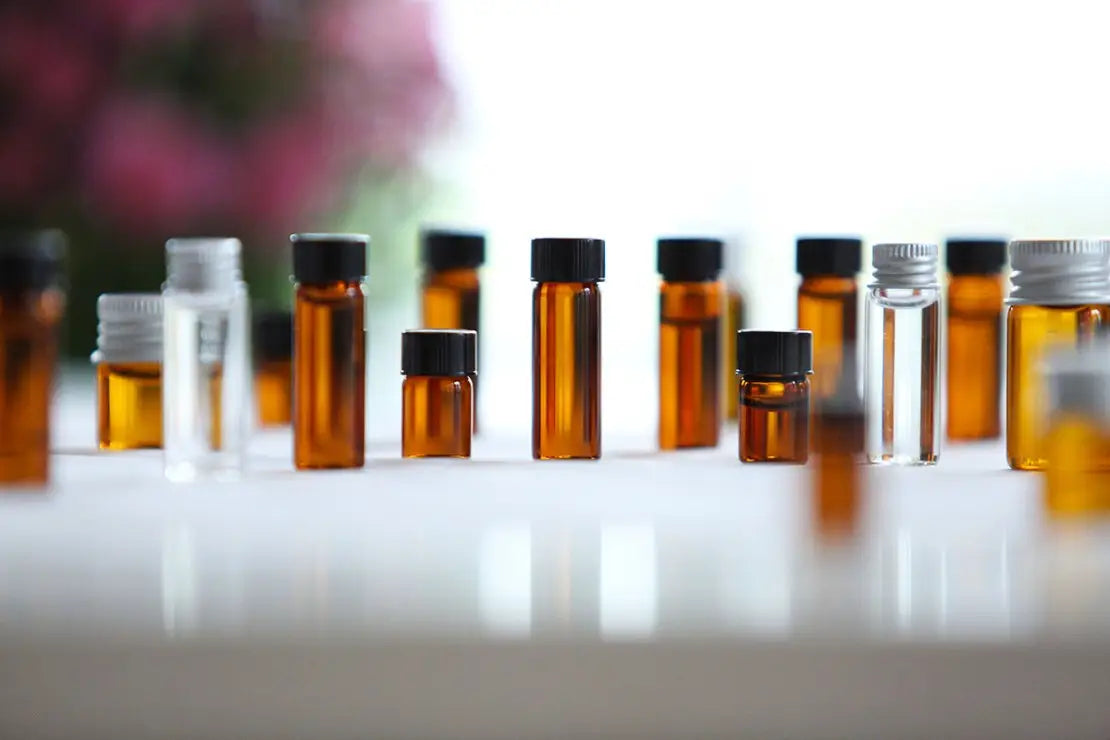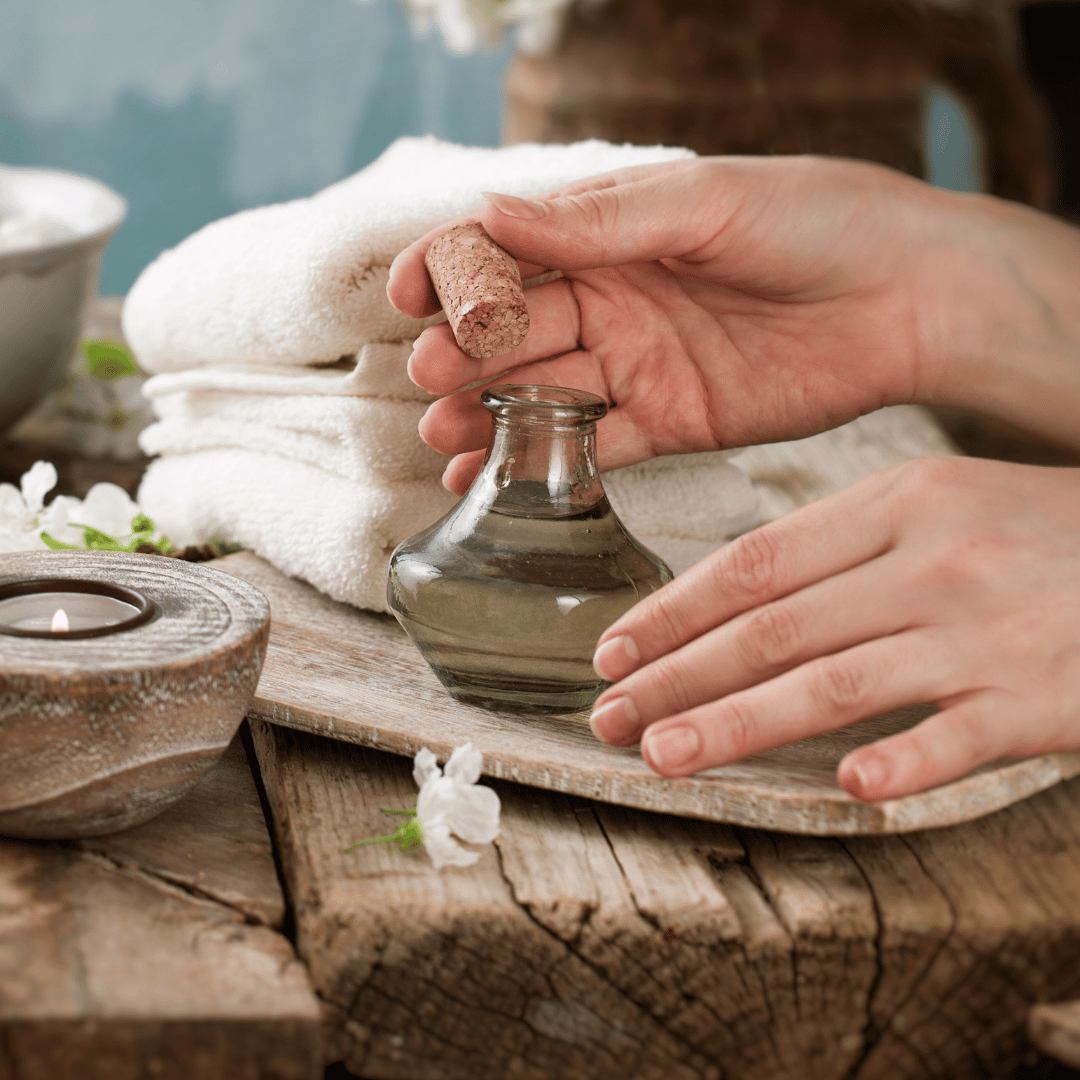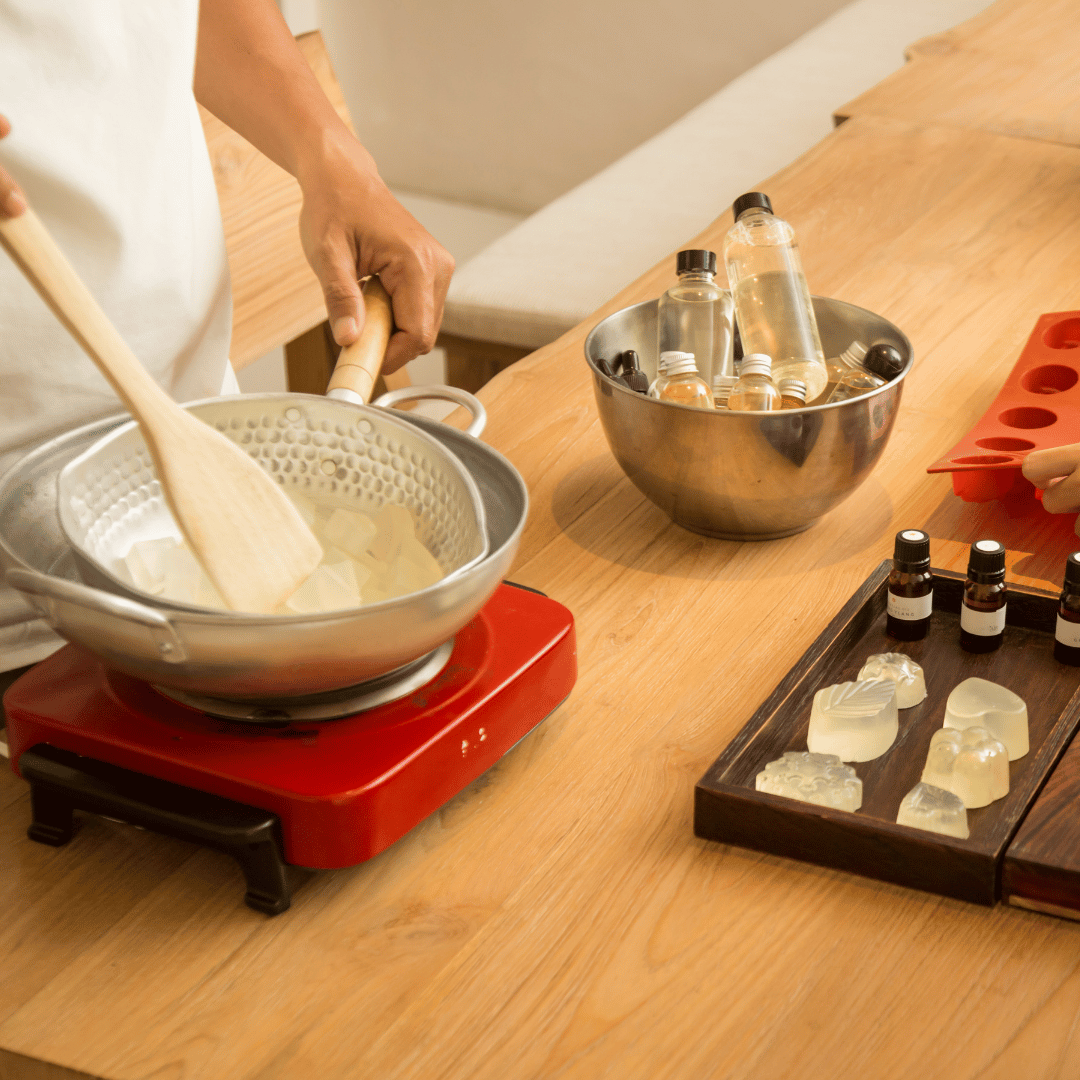
Pure essential oils can be effective and efficient additions to your aromatherapy, home, and body care creations. However, these powerful plant extracts come with a great responsibility to exercise restraint. A single drop of essential oil contains an incredible concentration of herbal properties, so all this plant potential must be dispersed to levels that are safe for our bodies to process.
DILUTING ESSENTIAL OILS FOR SAFETY
As the popularity of essential oils has increased among natural-living and body care enthusiasts, so has the number of inquiries we receive about how to incorporate safe levels of essential oils into homemade creations. While many professional herbalists and natural product crafters have happily shared their insights on this topic in terms of parts, percentages, and ratios, these terms can be confusing and intimidating for those just starting out with their essential oil explorations. That’s why we’ve assembled some simple guidelines and tools to get new users off to an encouraging (and safe!) start.
DILUTION RATIOS FOR ESSENTIAL OILS
Essential oils are strong and must be diluted for safe use, whether you plan to use them on their own (usually in a neutral carrier oil) or as ingredients in a finished product such as a massage oil, lotion, or aroma spray. Whichever dilution method you choose, the essential oil content should only account for 0.5% to 2% of the total blend. This equates to 3 to 12 drops per ounce of finished product. For easier versions of all this math, check out our handy charts and calculators below!
NOTE ABOUT PERFUME DILUTIONS
For most body care formulations, it is recommended that essential oils make up no more than 2% of your total end product volume. This dilution takes into consideration that creams, lotions, serums, and other products are often applied liberally, frequently, and to large portions of the body, and fragrance is usually a secondary concern to the formula's primary function (moisturizing, smoothing, etc.).
Perfumes containing essential oils are a bit different. Since these formulations are generally applied sparingly and to localized areas, you may choose to use a higher proportion, up to 5%, to allow your aroma blends to shine.
TIPS FOR DILUTING ESSENTIAL OILS
- Use proper measurement tools and be sure to accurately convert between different types of measurements.
- Not all essential oils are equal in potency. For example, cinnamon leaf essential oil is less potent and less aromatic than cinnamon bark essential oil, so it’s important to do your research about the nature of the oils you want to use, especially when formulating your own recipes.
Make sure your essential oil(s) are appropriate for the end use of your recipe. For example, a few essential oils react poorly when exposed to sunlight, so these would not be ideal choices to include in a hair serum recipe. Here again, getting to know the basic properties of the essential oils you want to use is highly recommended.




Comments
Thanks
@Sarita Fogla Plastics that are specifically used with essential oils in caps, diffusers, orifices, etc. are made of HDPE, also known as plastics number 2. This very high quality plastic has stronger bonds and longer chain lengths that are not broken up by essential oils. HDPE plastics will not be affected by essential oils.
Ho you guys are selling essential oils in plastic bottles? Pure essential oils are highly concentrated, they cant be stored in plastic!!